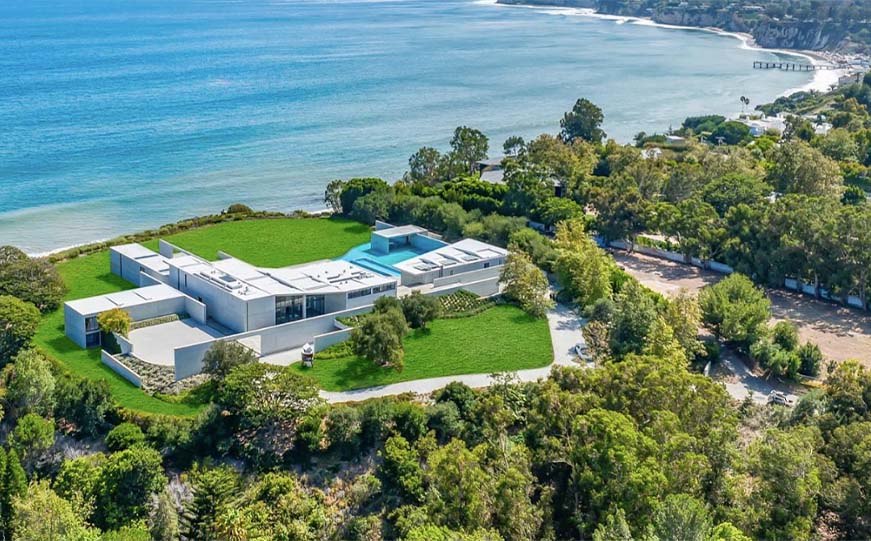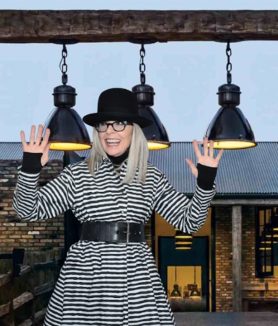In the heart of Paradise Cove, Malibu, lies a masterpiece of modern architecture: Beyoncé and Jay-Z's $200 million mansion, designed by renowned Japanese architect Tadao Ando.
Minimalism and harmony by Tadao Ando
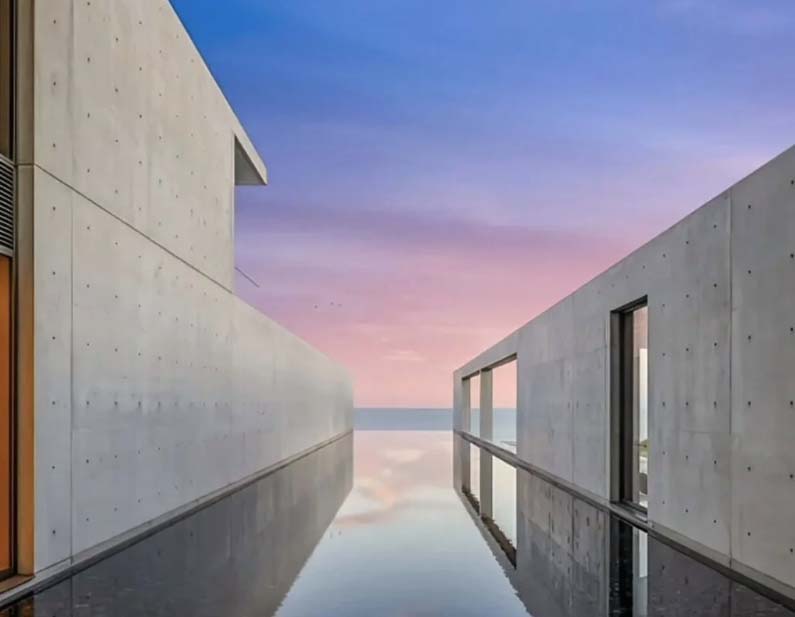
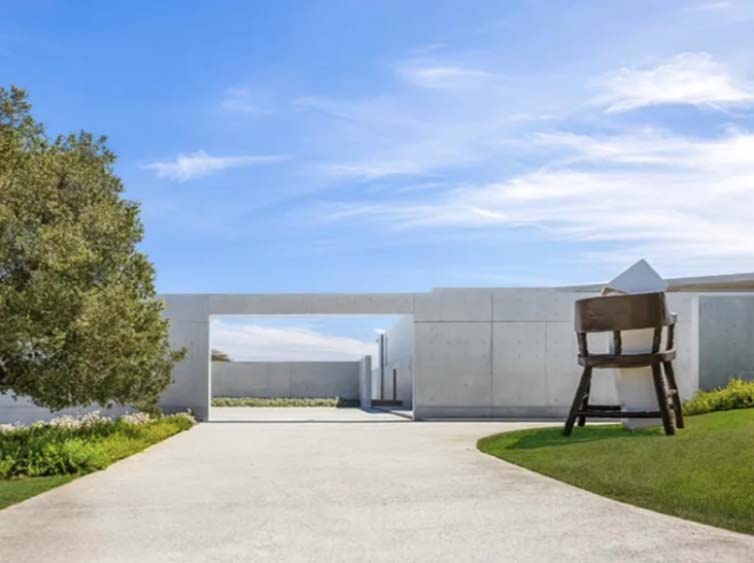
The property perches imposingly on an 8-acre bluff, offering panoramic views of the Pacific Ocean. The L-shaped concrete structure blends harmoniously into the landscape, creating a feeling of peace and serenity. Ando's characteristic minimalism is reflected in the purity of the lines, the absence of ornamentation and the neutral color palette.
Natural light plays a fundamental role in the design. Large floor-to-ceiling windows allow sunlight to flood the spaces, creating a light and airy atmosphere. The interior patios and private terraces offer a space for contemplation and connection with nature.
The interior of the mansion is an oasis of luxury and comfort. High-quality materials, such as marble and wood, are combined with designer furniture and contemporary works of art. The property has eight bedrooms, 13 bathrooms, a movie theater, a gym, a bowling alley and an infinity pool.
Beyoncé and Jay-Z's mansion is not only a work of architectural art, but also a symbol of exclusivity and power. Its price makes it the most expensive home in California, and its location in one of the most coveted areas of the state makes it even more coveted.
Beyoncé and Jay-Z: a lifestyle
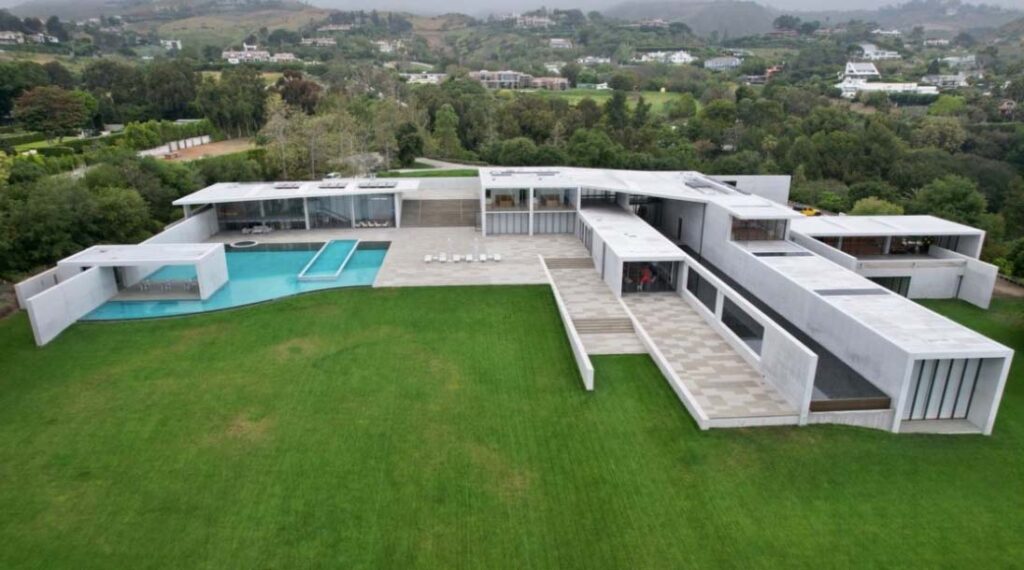
Beyoncé and Jay-Z's home is an example of Tadao Ando's talent and vision. A space that perfectly combines aesthetic beauty with functionality. And more than just a house, Beyoncé and Jay-Z's mansion is a statement of principles. It is a space that reflects your lifestyle and values. A place where luxury is combined with harmony, privacy and connection with nature.
Additionally, Beyoncé and Jay-Z's home is destined to become a landmark in architectural history. An example of how architecture can transcend its utilitarian function to become a work of art.

